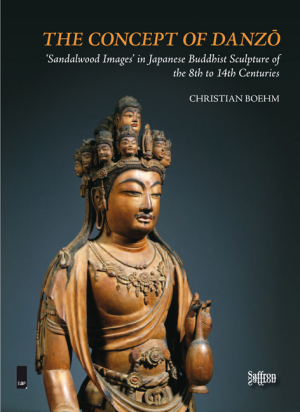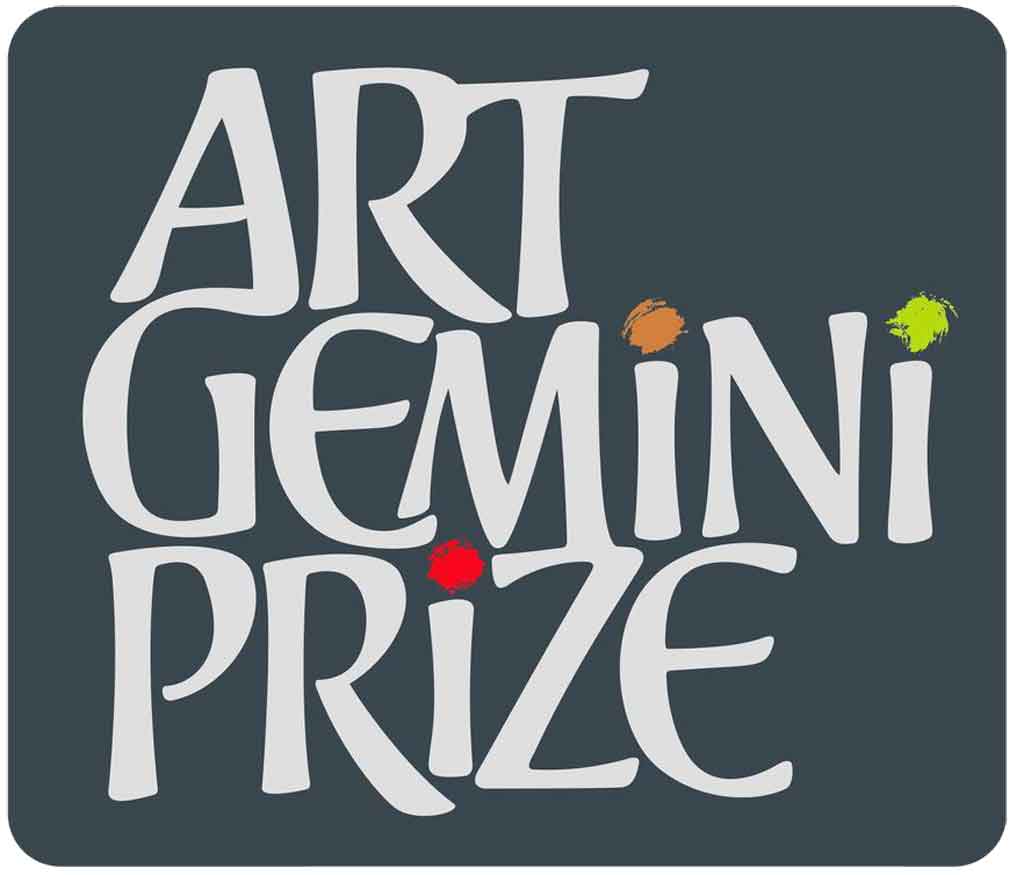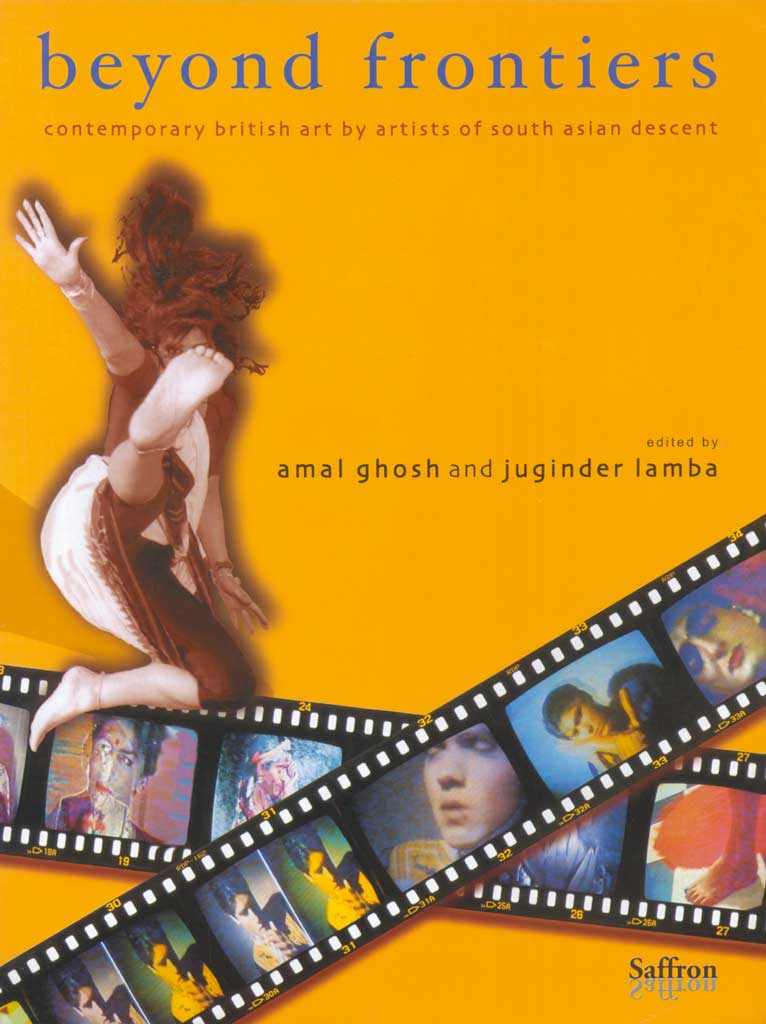Book Review: Pakistan's imperilled vistas
A poignant image of Skardu on the cover of Pakistan: Glimpses of Vistas, History and Culture invokes a serene and tranquil place that sadly this northern town in Gilgit-Baltistan is no more, as frequent news of mayhem iin and around the area testities, writes SHIRLEY JOSEPH.
Competing practitioners of violence, visited upon the area by the cross-border Taliban to the US-led drone operators have ensured this tragic transformation of what used to Pakistan’s northern idyll, unspoilt through years until the start of the so-called war on terror in the aftermath of 9/11.
Skardu (star stone or meteorite in Balti or early Tibetan) is about 10 kilometres from the source of the Indus river, an appropriate point to start a pictorial journey through one of the world’s most varied and spectacular topographies and its ancient history, civilizations and diversity of people, languages and religions.
Heading north of Skardu District with its snow-capped mountain ranges and rock pinnacles, one is struck by awe at the splendour of nature and its capacity to influence the mind and spirit of those who experience the aura of places such as these.
Riaz Khan begins to unfold what the land is about with an up close photograph of the K2, fringed with a clear glacier reflecting snow that surrounds its peak. The reader is allowed to linger through a pictorial spread of the breathtakingly beautiful Himalayan range.
One encounters a country that encapsulates the world’s most beautiful landscapes, from towering peaks and the mountain ranges to the glistening non-polar glaciers and lush scenic valleys and lakes. Over 80 pages devoted to this northern region is a feast for the eyes by prominent photographers including Syed Javed A. Kazi and Gulriaz Ghouri. The images speak for themselves, so captions are short, accompanied only by as many words as necessary to bring to light what the country is made of and what it can and should aspire to be. Moving south is a photograph of a church in the holiday resort of Murree and a panoramic night view of the capital Islamabad.
The agricultural areas of the Punjab, fed by the mighty Indus on its way to the Arabian Sea, show a country clinging to its inheritance in the face of terrifying troubles and adversity. One double-page spread of a village waking to a misty morning, in the cold winter months, is a reminder of the serenity and calm once enjoyed in rural and urban areas alike.
A silhouette image of palm trees against a setting sun, sets the scene for the arid areas of Sindh and the Thar Desert, that are displayed on the following pages. Even here the landscape exudes peace and calm and one cannot help asking, what went so terribly wrong?
The Makran coast and formidable rock formations of Balochistan lead to the sandy beaches of Gawadar, still safe from the scourge of the tourist industry. A mud volcano warns of impending natural disasters and devastating earthquakes that frequently blight the lives of the country’s poorest population.
Pakistan’s history and civilization, so easily forgotten in the fog of war and sectarian killings is what made the people what they are and who they are. Earliest human settlements and agriculture can be traced to a period 7000 to 5000 BCE. Ancient and medieval civilizations flourished for over 5000 years with traditions of burnt-brick walled cities, organized urban life, civic identity, domestic and public drainage systems and uniform weights and measures. Aryans, Dravidians, and Greeks left their decedents and cultural imprint on the civilizations that followed. Most relevant to the crisis that faces the country today, is the Mauryan Empire founded by Chandragupta Maurya. Ashoka, his grandson, repulsed by bloodshed and war, sought salvation in Buddhism and founded a university at Texila for Buddhist learning. The next great empire was the Kushan Central Asian empire with its capital Purushaputra, present-day Peshawar. With the Kushans came the Gandhara civilization and a ‘golden age’ of art, architecture and learning. In the 6th century the Huns from Central Asia conquered the Kushans and Buddhism gave way to Hinduism
The first Muslims, led by Mohammad bin Qasim Al-Thaqafi set foot on the Makran coast around 711 and established a social and religious framework reflecting the Islamic policy of tolerance. They brought with them rich traditions of poetry, history, learning and linguistics. This was followed by Central Asian conquests and the annexing of the Punjab by Afghan Ghaznavids who established the first Muslim dynasty in the subcontinent. They set up schools and mosques.
In 1526 Zahiruddin Muhammad Babur, a Turkic prince from Central Asia established the Mughals in the subconcontinent. For a brief period Babur’s general Sher Shah Suri deposed his son Humayun and established a short-lived Suri Dynasty. During a period of fourteen years he introduced a system of revenue collection, roads and communication. Humayun regained the empire but died soon after but his descendants, Akbar, Jehangir, ShahjJahan, Aurangzeb and the last Mughal emperor Bahadur Shah Zafar II continued the great Mughal traditions of art and architecture, learning and philosophy. Akbar promoted a tolerant and inclusive society, which he believed was necessary for a kingdom as vast and diverse as the subcontinent. Bahadur Shah Zafar II was exiled by the British to Burma/Myanmar in 1858, where he died four years later, clearing the way for British rule until the emergence of independent states in 1947. Despite the suspicions and estrangement between the British and the local population, a legal and judicial system took root. Railways and modern road networks were introduced to promote trade. Colleges, schools, churches and government buildings, in various British architectural styles were built and still stand today.
In 1947, Pakistan became an independent state and advanced its own unique tradition of art and architecture. A new capital in Islamabad in the 1960s set the way for a forward looking state with modern buildings, wide roads, new airports and stadiums and a progressive ethos, which Riaz Khan reminds us was “for the melting pot of different races, cultures and beliefs systems that have been among the oldest inhabitants on earth.” Sadly, contemporary events have skewed that ideal.
Images in last section of the book bears witness to this melting pot of races. From the Kalash in the north, who speak an ancient language and have a proto-Indo-European religion, to the people of Makran, mostly African ancestry, with their distinct features and culture. There are people in Pakistan who will refute that such a melting pot exists, but they are a minority and the images bear witness to the varied features, religions, traditions and cultures of a people who are proud of who they are but struggling to become what they should be — part of a unified nation of Pakistanis.
In one of the captions, Riaz quotes the founder of Pakistan, Muhammad Ali Jinnah, who said in his address to the first Constituent Assembly of Pakistan three days before Independence:
“If you will work in cooperation… in a spirit that everyone of you… is first, second and last a citizen of this State with equal rights, privileges and obligations there will be no end to the progress you will make…”
The book is refreshingly non-nationalistic with unusually no images of the flag, but it might be interesting to those who don’t already know that the white strip on the Pakistan flag represents the minorities, religious, racial and cultural, who form an integral part of the country and who make it what it ought to be, a successful modern state. Shirley Joseph
PAKISTAN Glimpses of Vistas, History and Culture Riaz Mohammad Khan Imprintpublishing, 2012 ISBN 978-969-552-010-9Hardcover Coffee table format, 250pp







